Shintoism at the Heart of Manga and Anime: The Profound Mark of Tradition in Japanese Pop Culture
Shinto: The Invisible Force Propelling Japanese Culture
Shinto, translated as "The Way of the Gods," is Japan's indigenous religion, centered around animistic beliefs and nature worship. Existing for millennia, Shinto lacks a singular founder or unified doctrine but represents a rich tapestry of practices, rituals, and myths revolving around countless kami – spirits or deities that inhabit every nook of nature, from mountains to streams. This religion is so deeply embedded in Japanese culture that, for many Japanese, its aspects become indistinguishable from everyday customs and traditions.
For those raised in Western cultures, one could liken Shinto's influence on Japan to Christianity's role in Western nations. With Christianity, we see a religion that has shaped history, art, music, and literature for centuries. Just as stained glass windows in cathedrals depict biblical tales, Japanese shrines, festivals, and rituals showcase the spirituality and values of Shinto. While these two belief systems come from different origins and teachings, both are profoundly rooted in the cultures of their respective nations, influencing their pop cultures in unimaginable ways.
Understanding Shinto's influence on Japanese pop culture is not just about delving into traditional beliefs and practices but also appreciating how these beliefs have been transformed and adapted to modern media and consumer trends. Just as Western films and literature feature biblical motifs, Japanese anime, manga, and video games often echo Shinto elements – from heroic priestesses to mythical beasts. But before we delve into these examples, it's worth taking a closer look at the heart of Shinto to grasp its core components.
Shinto's Presence in Anime and Video Games
 World of Symbolism: Torii and the Mysteries of the Sanctuary
World of Symbolism: Torii and the Mysteries of the Sanctuary
One of the most recognizable symbols of Shinto that frequently appears in anime and video games is the torii – an imposing, often red gate marking the entrance to a shrine. But a torii is more than mere decoration. It signifies the boundary between the physical world of humans and the spiritual realm of the kami (gods or spirits). Many creators harness this symbolism to depict crossing the threshold between reality and the supernatural, as seen in dramatic scenes in "InuYasha." Yet, Shinto sanctuaries are not solely about torii; various elements like purification ropes and altars bear profound meanings, often playing significant roles in narratives.
Miko: The Girl Between Worlds
In the Shinto world, a miko is not just a mere priestess. She acts as a bridge between the realm of humans and gods. In anime and video games, the miko character often assumes a pivotal role, serving as both a guide and protector against supernatural threats. Her traditional attire – long red pants, a white blouse, and wooden sandals – has become an iconic image in Japanese culture.
 Rei from "Sailor Moon": The Modern-Day Priestess
Rei from "Sailor Moon": The Modern-Day Priestess
Rei Hino from the popular series "Sailor Moon" is arguably one of the most renowned miko figures in the anime universe. While her daily life involves typical young priestess duties, such as distributing keepsakes or cleaning the temple, Rei also possesses extraordinary powers. Her ability to predict the future and banish demons using ofuda makes her a prime example of how traditional Shinto elements can intertwine with contemporary themes in anime.
Ofuda: More Than Just Spell Cards
In Shinto culture, ofuda are not merely "spell cards." They are sacred charms often perceived to carry the blessing of a specific kami. In anime, these cards often become the central focus of many tales, especially during New Year shrine visits. Some characters, like Rei from "Sailor Moon," use ofuda to combat supernatural foes, underscoring their spiritual significance. In pop culture, ofuda have emerged as symbols of spiritual protection and power.
Deep Meaning of Shinto in Pop Culture
 The Idea of Misogi in Global Pop Culture
The Idea of Misogi in Global Pop Culture
Misogi refers to the Shinto practice of purifying the spirit. In traditional Shinto, it is primarily about the symbolic cleansing of the body and spirit with water to establish a closer connection with the kami - the spirits of Shinto. In popular culture, this concept has evolved to become a metaphor for inner transformation and battling one's own demons.
"Spirited Away" and the Purification of the Spirit
"Spirited Away", a masterpiece by director Hayao Miyazaki, is a perfect example of how deeply rooted the idea of purification is in Shinto. The story of young Chihiro, who must save her family in the spirit world, is filled with symbolic motifs of both physical and spiritual cleansing.
Respect for Nature - The Beating Heart of Shinto
In Shinto, nature is not merely a backdrop for human endeavors. It is seen as sacred, inhabited by kami. This idea permeates many aspects of Japanese culture, including popular media.
 "Princess Mononoke" - The Battle of Nature and Spirit
"Princess Mononoke" - The Battle of Nature and Spirit
Another work by Miyazaki, "Princess Mononoke", depicts the conflict between advancing industrialization and the forces of nature. Forest spirits, representing the kami, battle with human inhabitants of a village who threaten their home. This showcases the deep respect of Shinto for the natural world.
"Fullmetal Alchemist" and the Significance of Alchemy
Although "Fullmetal Alchemist" focuses on alchemy, many of its concepts resonate with Shinto principles. The main principle - equivalent exchange - mirrors Shinto views on harmony and balance in nature.
"Tokyo Mew Mew" - Girls with the Power of Kami
In "Tokyo Mew Mew", young girls transform into superheroes thanks to the powers of the animals they represent. This fusion of humans and nature, person and animal, indicates the profound influence of Shinto, where the boundaries between humans, animals, and kami are fluid.
The Concept of "One Spirit, Four Souls"
Understanding Ichirei and Shikon
Shinto, with its rich and intricate belief system, introduces the concept of "one spirit, four souls" known as "ichirei shikon". Briefly, "ichirei" refers to one spirit, while "shikon" divides into four souls: ara-mitama (wild soul), nigi-mitama (calm soul), kushi-mitama (strange or mysterious soul), and saki-mitama (blessed soul). These souls represent various facets of an individual and play a pivotal role in the Shinto concept of the afterlife.
These ideas, though originating from ancient beliefs, find their reflection in modern culture, especially in the world of manga and anime. They have been reinterpreted and adapted to modern narratives, creating captivating and multi-dimensional characters.
"InuYasha" and the Soul's Journey
One of the most prominent examples of the utilization of the ichirei shikon idea in anime is "InuYasha". The Shikon no Tama, or Jewel of the Four Souls, is a key element of this series. It is a magical gem that can enhance the powers of whoever possesses it, resonating with the four aspects of the soul described in Shinto.
"Devil Summoner"
In the game "Devil Summoner", although not explicitly, the concept of ichirei shikon is also present. Players connect with various spirits and entities, which can be seen as reflecting the interactions between different soul aspects in Shinto philosophy.
 "Noragami" and Conflicted Souls
"Noragami" and Conflicted Souls
The anime "Noragami" centers on the life of the Outcast God, Yato, who strives to acquire his own shrine and recognition. Throughout his adventures, we meet the spirits of the deceased, called Shinki, which have the ability to transform into weapons for gods. Many of these spirits grapple with their own traumas from human life, in a way reflecting the Shinto concept of ara-mitama and nigi-mitama - the conflict between the wild and calm facets of the soul.
"Mushishi" and the Diversity of Souls
The series "Mushishi" revolves around entities known as Mushi - the most basic life forms in the world. Mushi are invisible to most people but influence the natural world and its inhabitants. Ginko, the main character, travels the country studying Mushi and assisting those affected by them. The representation of Mushi can be seen as reflecting Shinto concepts of diverse souls influencing daily life.
Representation of kami in anime and pop culture
Amaterasu in "Okami"
In the world of video games, one of the most striking representations of kami is Amaterasu, the deity of the sun and the universe in Japanese mythology, who is the main character in the game "Okami". In this beautifully illustrated game, Amaterasu takes the form of a white wolf, restoring the world to balance by defeating evil and rejuvenating devastated areas. The game wonderfully portrays the spirit and values of Shinto, emphasizing connection with nature and the importance of harmony.
 Susano-o in "Bravely Default"
Susano-o in "Bravely Default"
Another intriguing example is Susano-o from the game "Bravely Default". Although his representation may differ from traditional tales, in the game he's presented as a powerful deity that players must conquer. In traditional Shinto, Susano-o is the kami of storms, the sea, and other wild aspects of nature, reflected in his dark and chaotic image in the game.
Shinigami - Guardians of Life and Death
The term "shinigami", which literally means "god of death", has become very popular in many anime and manga media. While the concept of shinigami isn't directly related to traditional Shinto beliefs, it's inspired by various spiritual concepts and is exceptionally popular in pop culture.
"Death Note" and Shinigami Ryuk
In the series "Death Note", the shinigami Ryuk plays a pivotal role. Ryuk, fascinated by the human world, drops his death notebook on Earth, leading to a sequence of events full of moral dilemmas. His character is more whimsical than malevolent, yet he still holds the power over life and death.
Soul Reapers in "Bleach"
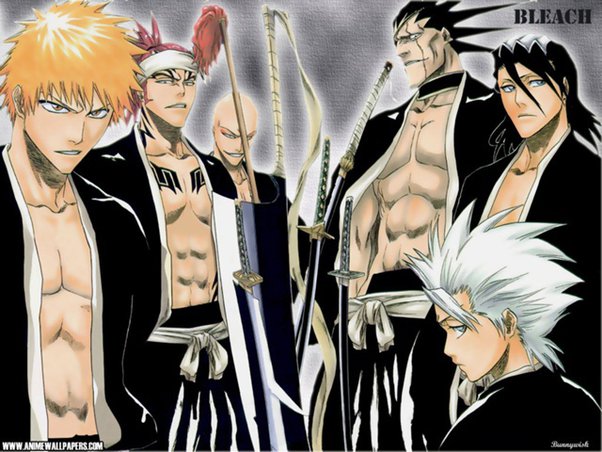
At the Heart of Anime: Where Shinto Spirit Meets Pop Culture
Shinto, being at the heart of Japanese spirituality, permeates not just the daily lives of the Japanese, but also many facets of their popular culture. In anime, manga, and video games, we see echoes of this ancient belief system - from reflecting reverence for nature to depicting intricate relationships between humans and kami. What might seem at first glance as just an exciting plot or character often has deep roots in Shinto tradition and spirituality.
For many of us, captivated by the enchanting world of Japanese pop culture, Shinto offers a unique window into the soul of Japan. Understanding its influence on popular culture allows for a deeper appreciation and understanding of favorite works and offers a completely new perspective.
"Strong Japanese Women"
see book by the author
of the page
未開 ソビエライ
An enthusiast of Asian culture with a deep appreciation for the diverse philosophies of the world. By education, a psychologist and philologist specializing in Korean studies. At heart, a programmer (primarily for Android) and a passionate technology enthusiast, as well as a practitioner of Zen and mono no aware. In moments of tranquility, adheres to a disciplined lifestyle, firmly believing that perseverance, continuous personal growth, and dedication to one's passions are the wisest paths in life. Author of the book "Strong Women of Japan" (>>see more)
Personal motto:
"The most powerful force in the universe is compound interest." - Albert Einstein (probably)
Mike Soray
(aka Michał Sobieraj)
未開 ソビエライ
An enthusiast of Asian culture with a deep appreciation for the diverse philosophies of the world. By education, a psychologist and philologist specializing in Korean studies. At heart, a programmer (primarily for Android) and a passionate technology enthusiast, as well as a practitioner of Zen and mono no aware. In moments of tranquility, adheres to a disciplined lifestyle, firmly believing that perseverance, continuous personal growth, and dedication to one's passions are the wisest paths in life. Author of the book "Strong Women of Japan" (>>see more)
Personal motto:
"The most powerful force in the universe is compound interest." - Albert Einstein (probably)
Mike Soray
(aka Michał Sobieraj)
Write us...
Ciechanów, Polska
dr.imyon@gmail.com
___________________
inari.smart
Would you like to share your thoughts or feedback about our website or app? Leave us a message, and we’ll get back to you quickly. We value your perspective!
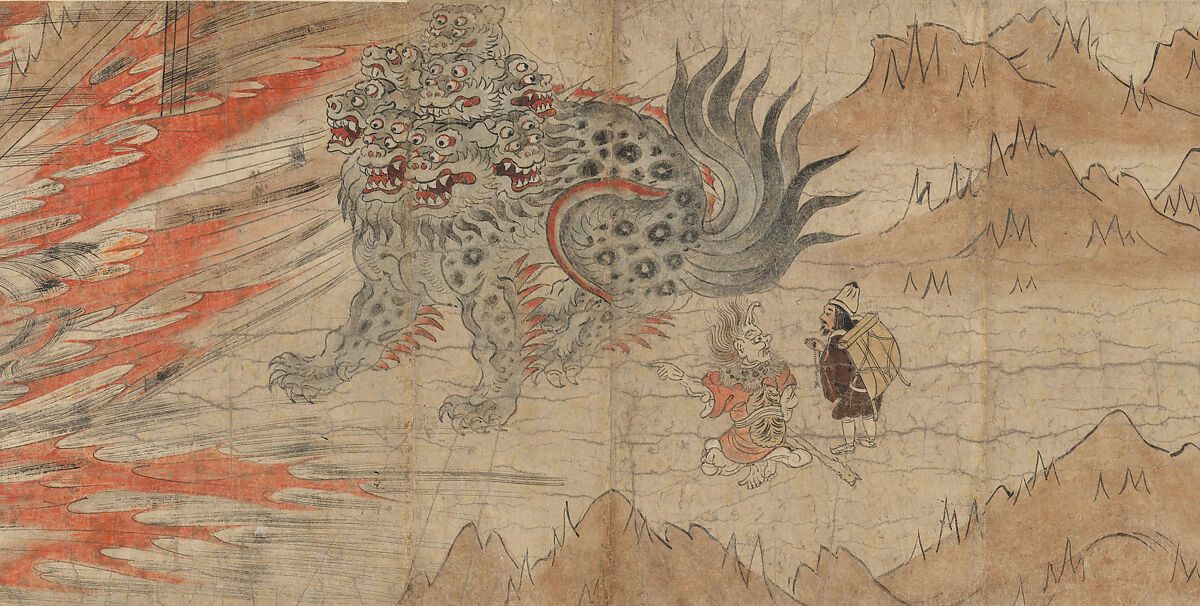
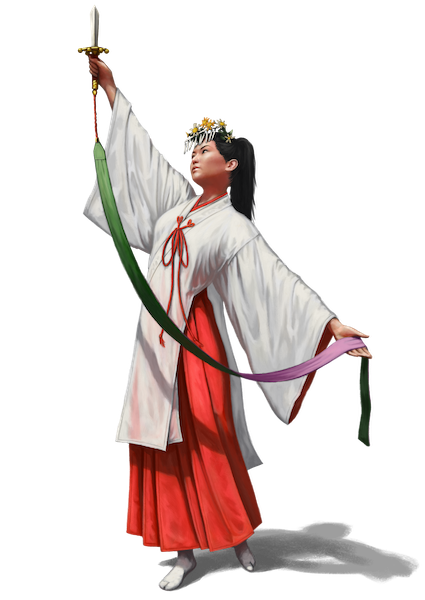
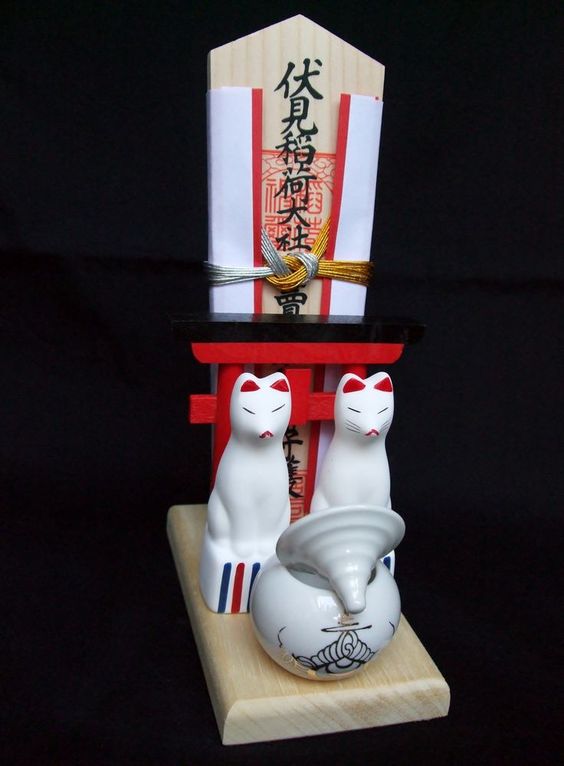
 The Idea of Misogi in Global Pop Culture
The Idea of Misogi in Global Pop Culture 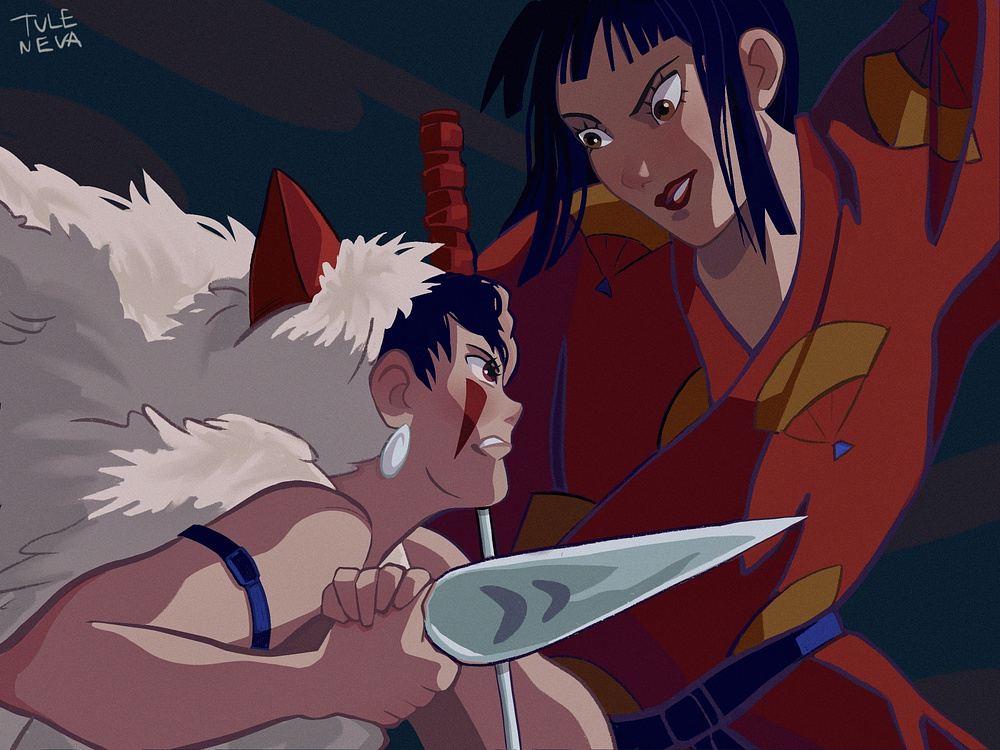 "Princess Mononoke" - The Battle of Nature and Spirit
"Princess Mononoke" - The Battle of Nature and Spirit 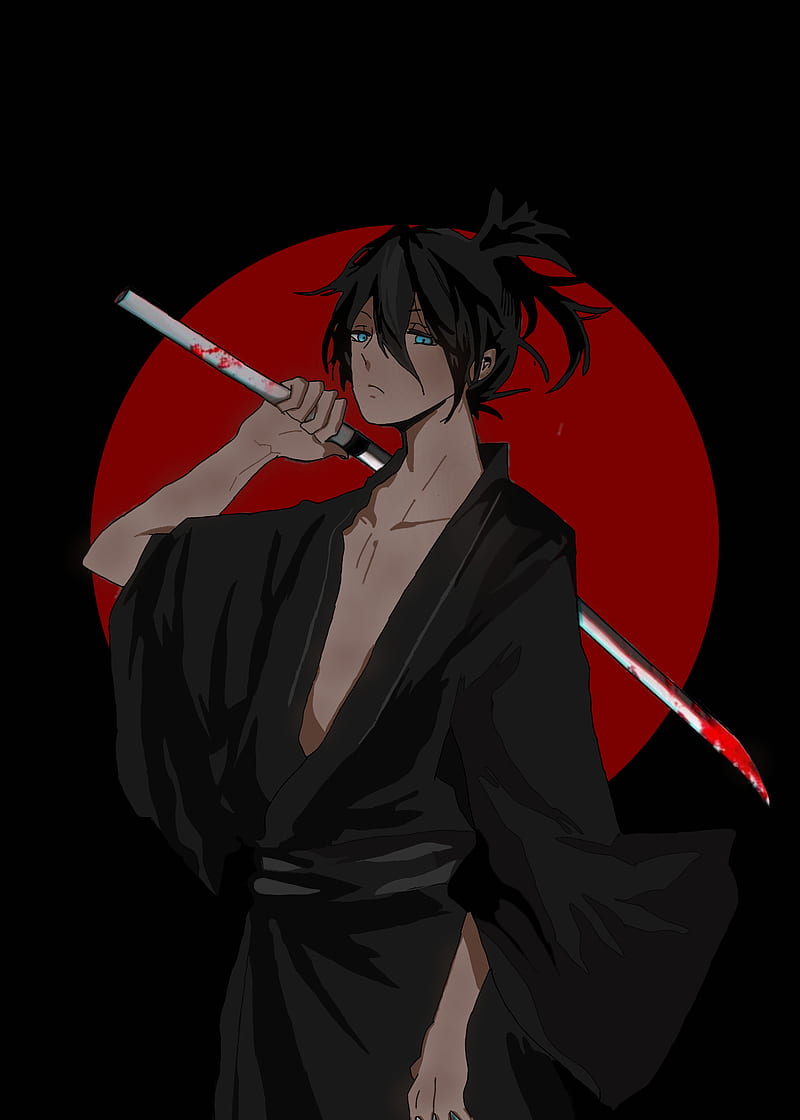 "Noragami" and Conflicted Souls
"Noragami" and Conflicted Souls 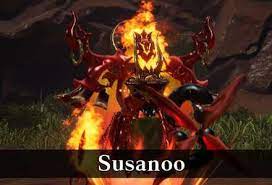 Susano-o in "Bravely Default"
Susano-o in "Bravely Default" 
